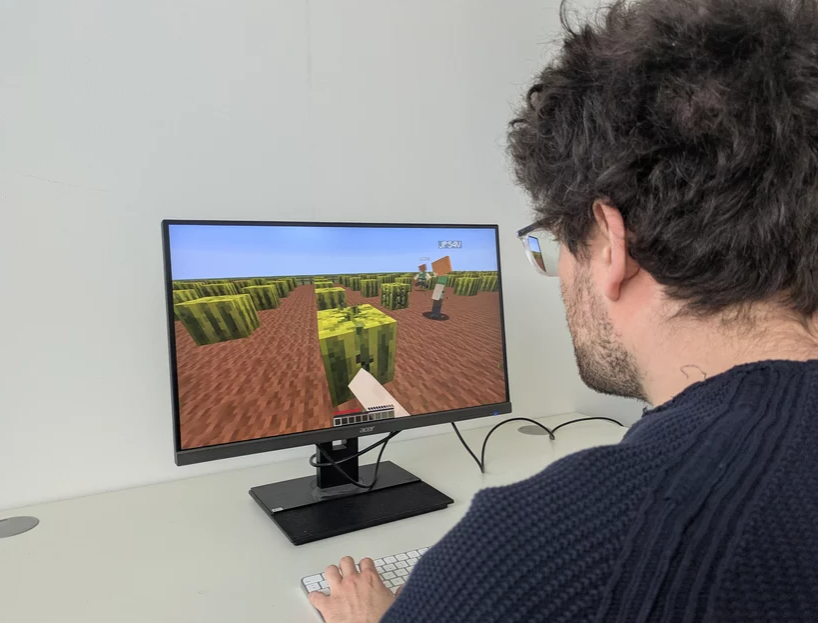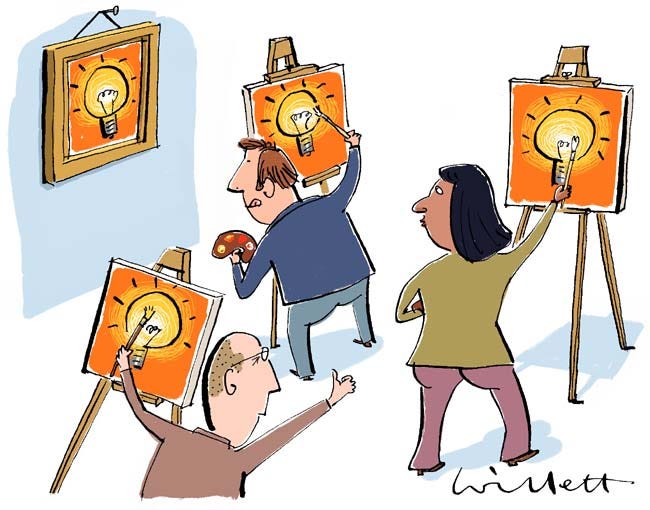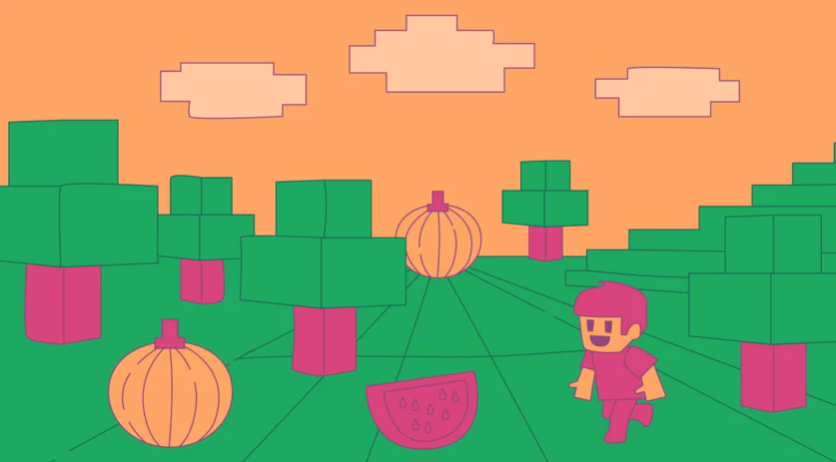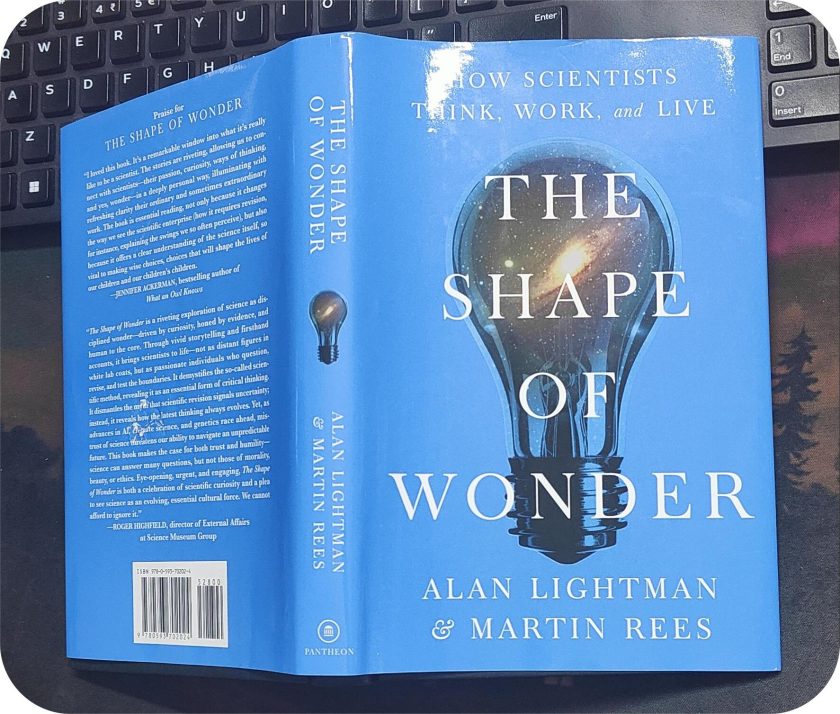
Have you ever found yourself trying to solve a problem on your own, sticking with your gut and your own trial-and-error? But then there are times when you just can’t figure it out and end up watching what others are doing, hoping to pick up some clues? That back-and-forth between figuring things out solo and learning from others is what this study really dives into. It looks at how people balance learning on their own versus copying others depending on how well they’re doing.
So, to figure this out, a group of researchers from the Cluster of Excellence Science of Intelligence (SCIoI), the Max Planck Institute for Human Development (MPIB), the University of Tübingen, and NYU got together and created a virtual foraging game inside Minecraft.
Instead of just having people run around a virtual world randomly, they designed a kind of treasure hunt where players foraged for rewards scattered around a map. What makes this experiment stand out is how they tracked participants, not just their movements but also what they were looking at. Imagine if someone’s gaze was a spotlight: the researchers recorded exactly who each player was paying attention to and when. This gave a much deeper understanding of how decisions unfold in social settings.
Learning Alone or Learning from Others
In the past, research on learning has often split into two camps. One looks at how people learn alone, figuring things out by themselves, what’s called asocial learning. The other focuses on how people learn from others, which is called social learning. But these two have usually been studied separately. It’s like having two different maps but no GPS to see how people switch between routes when the terrain changes.
Some earlier studies talked about a “producer-scrounger” idea, that is, people either find resources themselves or scavenge what others have found. But what wasn’t clear was how people decide when to rely more on their own efforts and when to watch others, especially in changing environments. This study fills that gap by looking at both types of learning together, showing how they interact.
What Did they Discover?
How well you’re doing on your own is the main thing that drives whether you keep searching solo or start watching others more closely.
If you’re scoring well, finding lots of rewards, you tend to stick with your own approach. But if you’re struggling to find anything, you start looking around to see what others are up to, especially the people who seem to be doing better. It’s like trying to solve a tricky puzzle on your own, but when you get stuck, you peek at how your friend is putting their pieces together to get some ideas.
There’s also this fascinating pattern that appeared when rewards were “smoothly” distributed, that is, clustered together in groups rather than spread randomly. Successful players attracted followers who tended to hang around their spots. But since resources weren’t unlimited, those spots eventually ran out, and the crowd thinned as people moved on to new areas. This cycle of “follow the successful leader, then move on when it dries up” was clear in the data. But when rewards were scattered randomly, this pattern didn’t show up, because there was no predictable “hotspot” to follow.

People Don’t Just Copy Anyone, They Follow the Winners
Another key point is that people weren’t just blindly copying anyone nearby. They paid attention selectively, focusing on the players who were actually doing well at the moment. The researchers saw that when one player “pulled” another, meaning one person influenced another to move close by, the leader was usually the one getting better rewards at that time. So people tend to follow winners, not just the crowd.
To explain this behavior, the team built a computational model, a kind of math simulation of how people might make decisions. The model showed that if you haven’t found a reward for a while, you’re more likely to watch and imitate successful players. If you’re doing fine yourself, you keep exploring on your own. It’s like having a built-in strategy that adjusts how much you rely on yourself versus others, depending on your recent success.
Why is This Important?
This kind of research matters because it helps us understand how people adapt in real life. Imagine you’re at a farmer’s market or working on a group project. You want to try your own ideas, but you also want to keep an eye on what others are doing, especially if your approach isn’t working well. Knowing when to trust your own instincts and when to learn from others is a skill we all use, often without thinking.
One surprising insight was about social attention, who watches whom. The study found that some people get watched a lot, while others spend more time watching. This uneven attention might actually be helpful because it prevents everyone from blindly following the same person, which can sometimes cause problems like herd behavior.
How Did the Minecraft Setup Help?
Minecraft made a lot of this possible. The game’s open world lets players move naturally, explore, and interact without feeling like they’re stuck in a lab experiment. The researchers created a custom tool that recorded what players could see and when, so they had precise data on social attention. Combining that with detailed tracking of players’ movements gave a really rich picture of how people make decisions in social environments.

Why We Keep Copying Even When It Doesn’t Help
So, the study wasn’t perfect. One weird thing they noticed was that even when the rewards were totally random, meaning copying others wouldn’t actually help, people still tended to follow the ones who looked like they were doing well. Maybe it’s just tough to stop using a strategy that usually works, or maybe folks were hoping there was some hidden trick, even when there wasn’t.
The researchers also point out that future studies could explore what happens if exploring on your own costs more effort or time. They could also try non-depleting resources to see how social learning affects longer-term innovation. And using more realistic virtual reality technology could make findings even more relevant to everyday life.
Takeaway
In the end, this study connects two ways we learn, by ourselves and from others, and shows they aren’t separate paths but parts of the same adaptive process. The main driver is how well you’re doing individually. When you’re succeeding, you keep doing your own thing; when you’re struggling, you watch and learn from those doing better. That balance helps people navigate complex social situations and make better decisions.
Think of it like cooking a new recipe. Sometimes you follow your own taste and instincts, but if the dish isn’t turning out right, you might peek at how others are seasoning theirs or ask for tips. Knowing when to trust yourself and when to learn from others can be the difference between a meal that’s just okay and one that’s really delicious. So next time you’re figuring something out, ask yourself, are you in a groove, or is it time to watch and learn?
Source: Max Planck Gesellschaft



